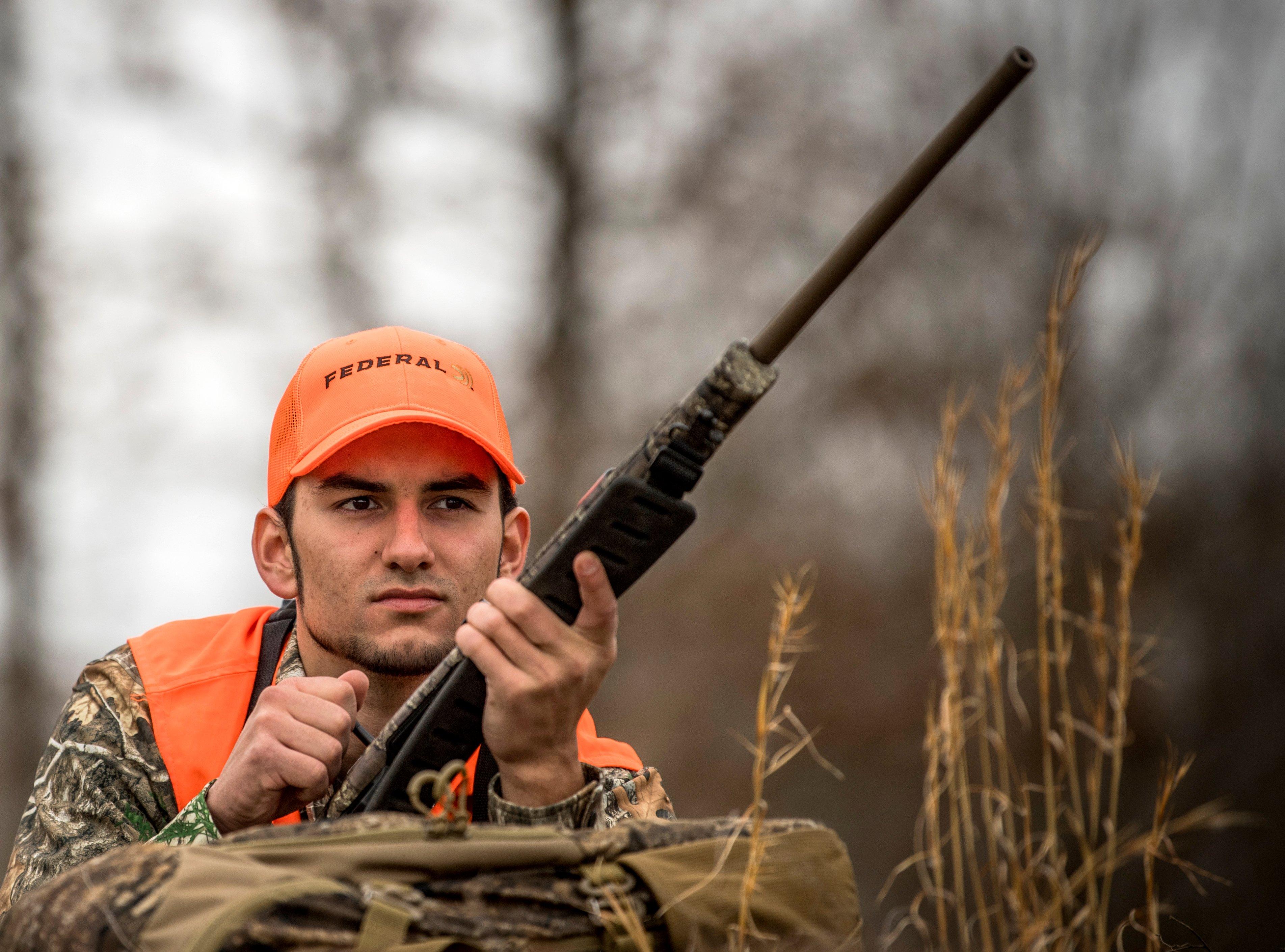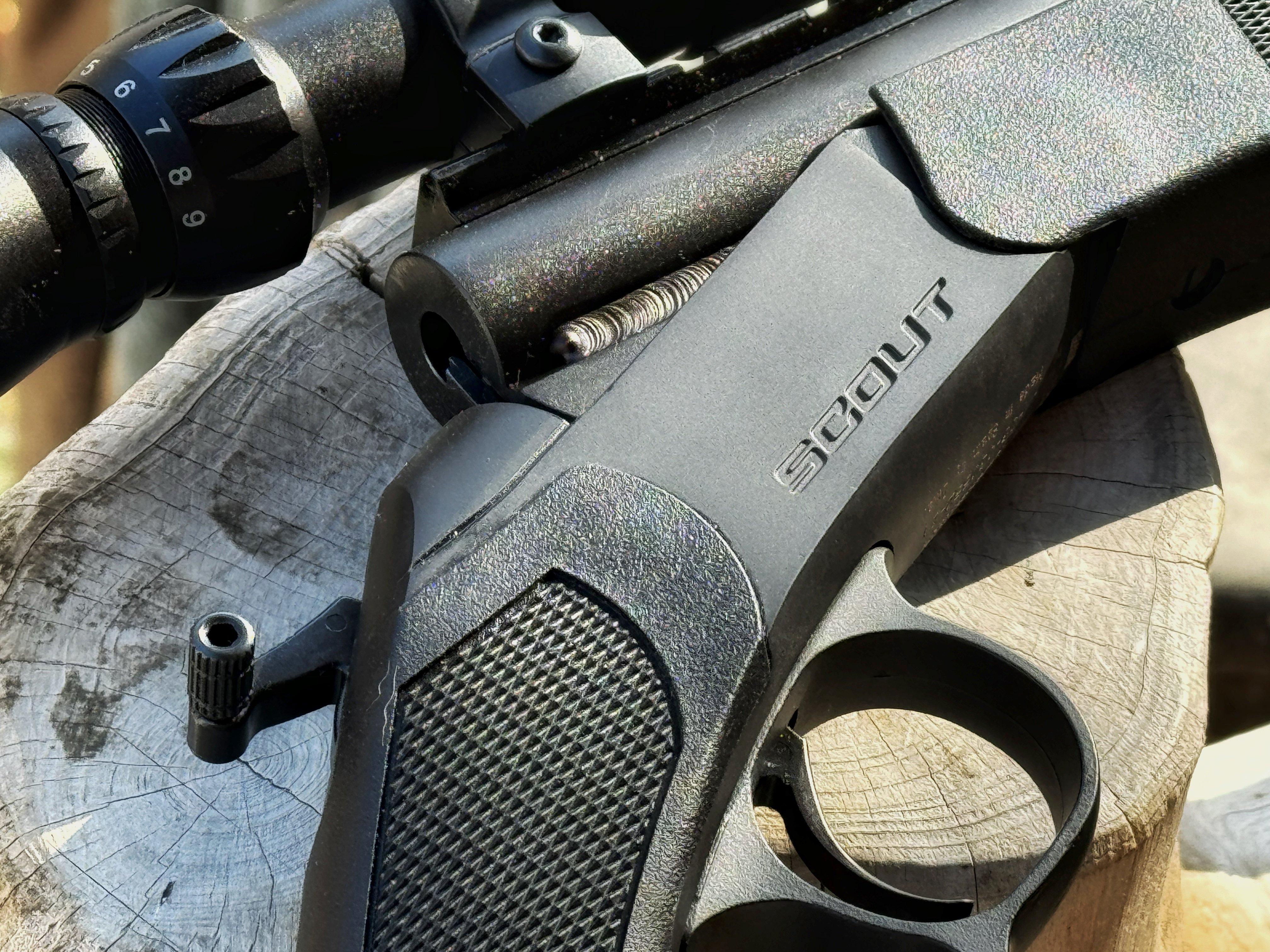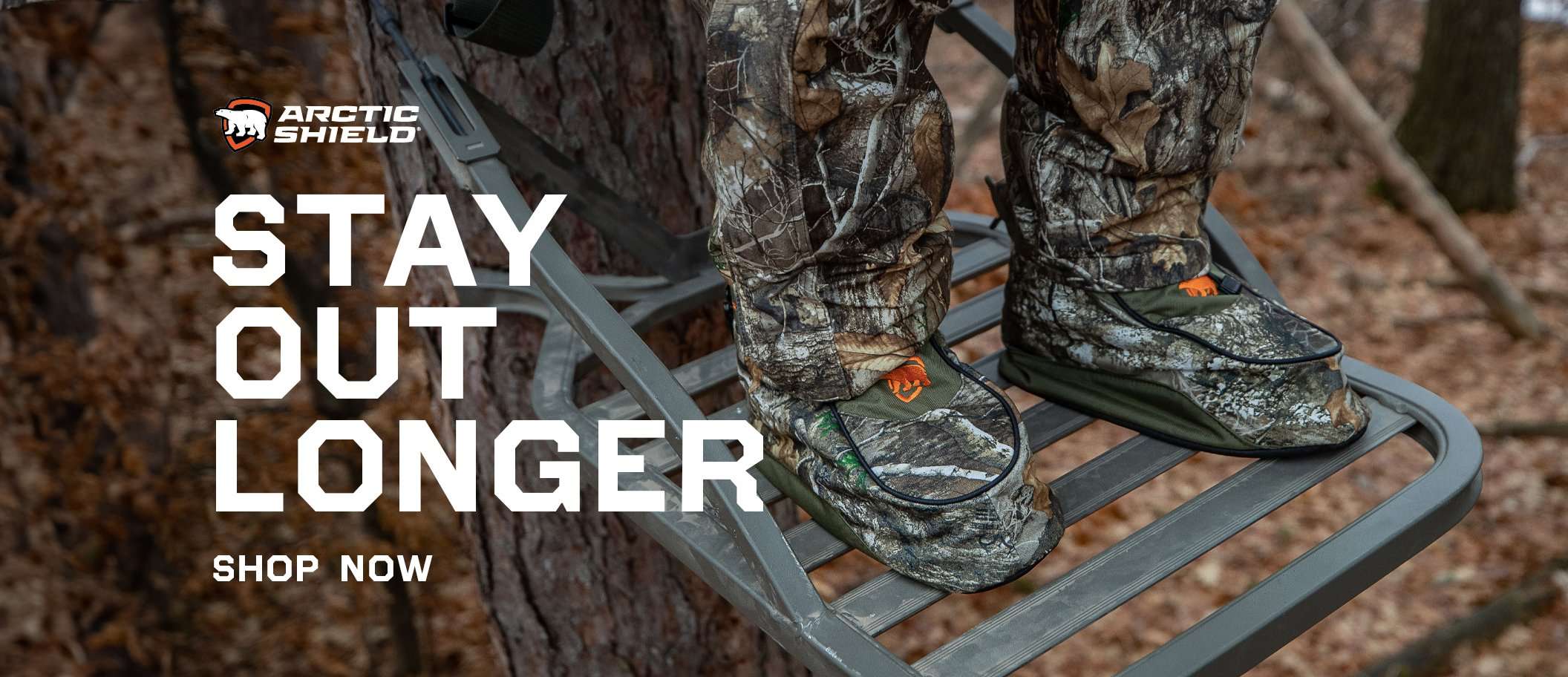Shopping for a deer gun, but don’t know which type to get? Read on
The bull-bodied, 150-inch buck marched onto the wheat field during the final 2 minutes of shooting light. Obviously there to nudge does around, he posed broadside at 205 yards. I aimed for the front of his shoulder on account of the stiff crosswind, then squeezed the trigger until the Remington 700 chambered in .30-06 barked.
I lost the buck in my scope given the recoil, and then I worked the bolt to eject the spent casing and chamber another cartridge. I found him again in my scope just as his legs gave out beneath him. He expired in seconds, and before I knew it, I was knelt beside one the nicest bucks I’ve ever taken. My trusty bolt-action rifle performed flawlessly.
Ask a dozen different deer hunters from different parts of whitetail country which rifle action is the best for deer hunting, and you’ll likely get varied responses. Some explanations will be based on logic, others on application, and still others on personal preference. All of those influence your shopping decisions when looking for a new deer rifle, but each rifle action type has real pros and cons. Let’s look at them.

The tried and true lever-action has been a deer hunting favorite for nearly 200 years. Image by Warren Price Photography
LEVER-ACTION DEER RIFLES
My first deer ever fell to a few bullets issued by a Marlin .30-30 lever gun. I used it because it was the only option my parents could offer me at 12 years old. It was my late grandfather’s gun. Today, I personally like bolt-action rifles better — but I’ll still never forget my first deer with a lever gun.
Pros
Lever-action deer rifles took a back seat to bolt-actions and semi-autos for years, but their nostalgic flavor has wiggled back into the spotlight in recent years. Numerous kids still cut their deer-hunting teeth while toting Grandpa’s old Marlin or Winchester .30-30, just as I did, but we’re also seeing a resurgence in modern lever-gun production and popularity among seasoned hunters. That is partly for nostalgia, but also because lever-actions are fun to shoot.
They’re typically easy to carry and maneuver, too, which is why a lot of hunters use them for tracking big-woods bucks in the snow or during deer drives. They shoulder quickly when a fleeting opportunity presents itself, and follow-up shots are fast. In the hands of a skilled user, lever actions rarely jam.
***Don’t Miss: *HUNTING WITH LOW POWERED VARIABLE OPTICS
Cons
If you’re planning a western whitetail hunt where 200-yard shots are average, levers aren’t the answer. Most (though not all) lever actions use tubular magazines, which means they’re limited to cartridges with round-nose bullets (think, .30-30 Winchester, .35 Remington, .360 Buckhammer, and .45-70 Government). All of those cartridges are at their best inside 200 yards.
Since most lever guns have either a side loading port, a tube feed or both, loading and unloading is more of a hassle. But, if you can live with that and the range limitations, lever guns definitely still have a place in the deer woods.

Bolt-actions reign as the most popular rifle action among deer hunters. Image by Realtree Media
BOLT-ACTION DEER RIFLES
More deer hunters carry bolt-action rifles than any other type, and they’re definitely my go-to action for deer hunting.
Pros
Bolt-actions are popular for many reasons. They’re offered in a wider caliber selection than most other actions, and loading / unloading them is far more convenient than with a lever gun. Most have detachable box magazines, or internal magazines with hinged floorplates that allow the cartridges to be dropped out of the gun all at once. In the deer woods, they can be loaded and unloaded quickly, quietly, and safely. Most bolt-actions operate smoothly with few malfunctions.
But inherent accuracy is the biggest benefit. A Gun Digest article comparing bolt actions to semi-autos states that the bolt is locked for the entirety of the firing, which results in no gas loss. Regarding bolt-actions, the article also states, “Chambers are generally cut tighter. It’s a more rigid system, producing less flex when fired.”
Cons
Cycling another cartridge is generally slower with a bolt action than a lever gun and requires more movement, meaning that it can be difficult to reacquire the target. Most bolt-actions have a limited cartridge capacity, too, usually three or four shots. Still, they are the most versatile actions for deer hunting. Whether you’re hunting from a ladder stand in the Midwest or hiking the Wyoming prairies, a good bolt-action rifle is tough to beat.

Semi-autos like this Browning BAR offer lightning fast follow up shots.
SEMI-AUTOMATIC DEER RIFLES
I grew up watching my dad carry a Remington semi-auto chambered in .30-06 Springfield, a rifle that he still carries today. I’ve shot it a time or two, and it works well.
Pros
The main benefit of a semi-automatic deer rifle is that the action is cycled by gas pressure from the fired cartridge, meaning follow-up shots are instantaneous. Just pull the trigger again. Semi-autos typically have softer recoil than bolt-action rifles chambered for the same cartridge (and they’re available in a wide range of cartridges, too). Though they have a reputation for not being as accurate as bolt-actions, modern semi-automatic rifles tend to shoot very well.
Cons
I personally know of a young hunter who, in the exciting aftermath of shooting at a deer, accidentally fired a second shot with a semi-automatic rifle. Fortunately, the youngster had the rifle pointed in a safe direction, and the bullet hit the ground in front of him. From a safety standpoint, semi-autos can be a poor choice for new hunters.
Reliability, particularly with some older models, can be an issue, too. Semi-autos function best when they’re clean and maintained, and that’s not always easy to keep up with in deer camp. Jams in the field can also be tedious to clear, usually requiring dropping the box magazine, manually cycling the action to clear the jammed brass or cartridge, and then reloading. Finally, good semi-automatic hunting rifles tend to be pretty expensive.

Light weight and safety make break-action rifles perfect for beginning hunters. Image by Bill Konway
BREAK-ACTION DEER RIFLES
While I’ve carried single-shot shotguns on plenty of turkey hunting outings, I’d never used a single-shot rifle until last fall, during the 2023 second gun season in Illinois. The rifle was chambered in 360 Buckhammer and with it, I anchored a mature buck and a doe with flawless results.
Pros
A single-shot rifle is arguably one of the safest of actions for beginner / youth hunters. Once the cartridge in the chamber is fired, the gun cannot shoot again — even if the hammer is re-cocked — until the spent cartridge is ejected and a new one is loaded. It can be quickly unloaded for safe transport in a vehicle or in and out of a stand.
Not only is one shot safer, but it helps create good shooting habits, since hunters need to make the first shot count. In Illinois, hunters toting straight-wall chamberings legally have to carry single-shot designs.
Cons
Sure, a single shot encourages hunters to make that first shot count. But in the real world, things happen, and you might need a follow-up shot, fast. Perhaps a sapling you didn’t see caused a ricochet, or the deer moved as you were squeezing the trigger. Unforeseen events like these can causes misses and marginal hits. Getting a second shot with a single-shot rifle is slower and noisier than with other types.
Most single-shot rifles rely on an exposed hammer, which can be difficult to manage when it’s cold, or in the small hands of a young hunter. Safely lowering the hammer if the animal fails to present a shot can become dangerous. The hammer must be held as the trigger is pulled, then slowly lowered to the un-cocked position. Mistakenly apply pressure to the trigger before securing the hammer, and the gun will fire inadvertently, potentially in an unwanted direction.
***Don’t Miss: *WHY YOU SHOULD SCOUT FOR DEER IN JANUARY
Take Action
Some readers will wonder why I didn’t include the pump-action. Few if any new pump-action deer rifles are in production today, and so it’d be difficult to include them among the “best.” But there are nonetheless some classic pump guns still in circulation, and if you hunt with one of them, that’s perfectly fine. After safety, confidence is what counts more than someone else’s opinion. But for most deer hunters, whether tracking big bucks in the snow, watching beanfields from a box blind, or sitting ladder stands in a Midwestern woodlot, a modern bolt-action, lever-action, semi-auto, or single-shot is the way to go.












